Decorating 101: How Much Is This Going to Cost Me?
http://decor-ideas.org 06/08/2014 00:07 Decor Ideas
You’ve just moved into a new home, and you’re ready to decorate. Or you’ve been in your home for a while and want to give the place a whole new look. And you want to do it yourself. The big question is: What’s it going to cost you?
There’s no magic formula for figuring out how much you can expect to spend on decorating. (Trust me — I asked.) But there are steps you can take to figure out what the project might cost and where the money should be spent.
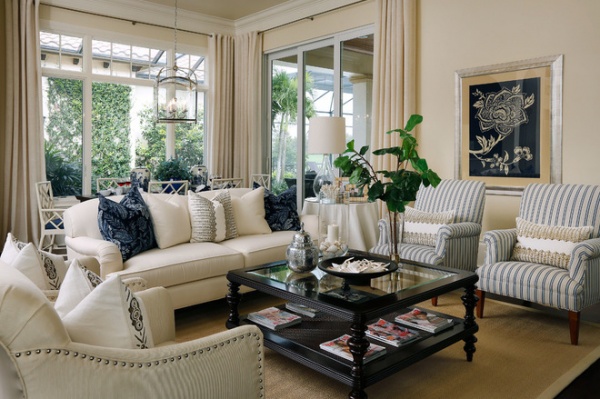
Make a Budget
Assuming you’ve figured out what you want your home to look like and have made the decision to decorate the home yourself, you need to come up with a budget. Instead of trying to guess what the project might cost, start out with a figure that represents what you’re willing to spend. Make a list of the rooms you want to decorate, and list the items you will need to purchase for each room. (Don’t overlook wall treatments, flooring, lighting, accessories and labor.)
Decorating 101: Do It Yourself or Hire a Pro?
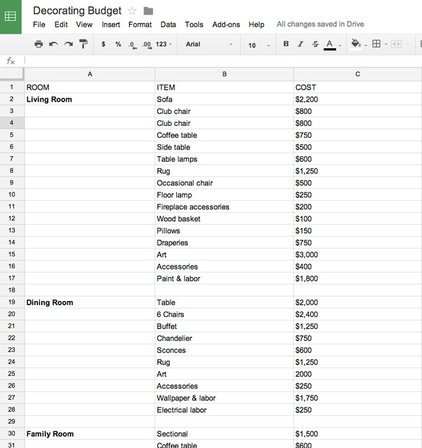
Enter this information on a spreadsheet and assign a cost to each item. Do some basic research in stores and using catalogs and Houzz. Sure, you can spend $500 for a sofa or $5,000 for a sofa. But what are retailers charging for the kind of quality and style you want? Then plug that figure into your spreadsheet; do that for each of the items on your list.
Things You Need to Know About Buying a Sofa
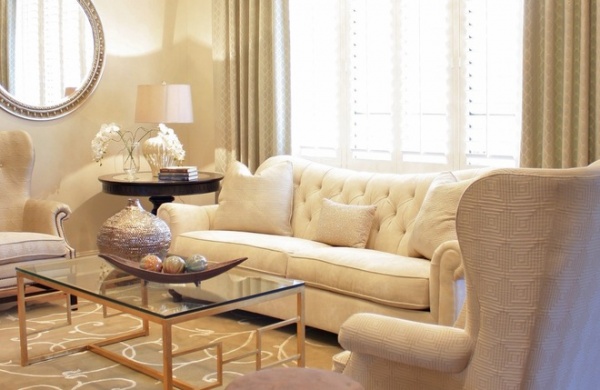
What to Spend More On
There are some areas where you should spend more money, and some areas where you can scrimp. Most professionals agree that seating should be a priority. “I don’t like scrimping on a good upholstered piece,” says Woodland Hills, California, designer Alana Homesley. “If you have a quality sofa, it can last you for 30 or 40 years.”
Claudia Juestal, the owner of Adeeni Design Group in San Francisco, agrees. “Buy the best mattress you can afford and the best sofa you can afford,” she says. Even when she’s working with a small budget, Juestal will order custom upholstered pieces, because they will get used more than anything else in the house and will last for decades.
Smart Shopper: How to Buy a Mattress
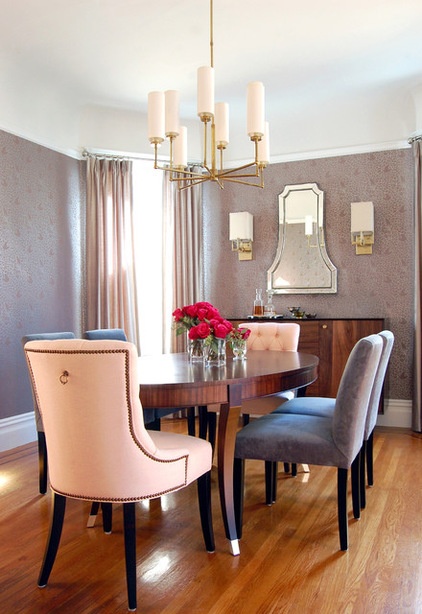
A dining table is another good investment piece that can adapt to a variety of settings and last a long time. Although not as durable or transportable, window treatments can have a big impact on a room’s appearance. “There’s nothing worse than a room that has bad window treatments,” says designer Allison Caccoma, who’s based in San Francisco and New York. “That’s a really good investment.”
Don’t pinch pennies when it comes to flooring, either, Juestal says. Quality materials will affect the overall appearance of the house and will often reward you when it comes time to sell.
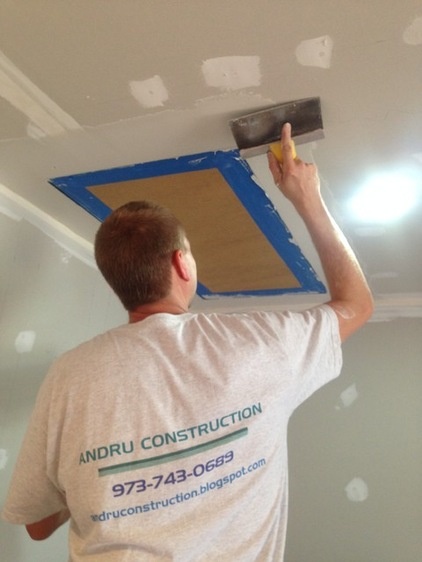
Lastly, never scrimp on labor, advises interior designer Amy Luff of Viva Luxe Studios in Bristol, Virginia. Always use a licensed contractor, who is “going to be able to provide you with good subs,” she says. “The people that execute your project are very important.”
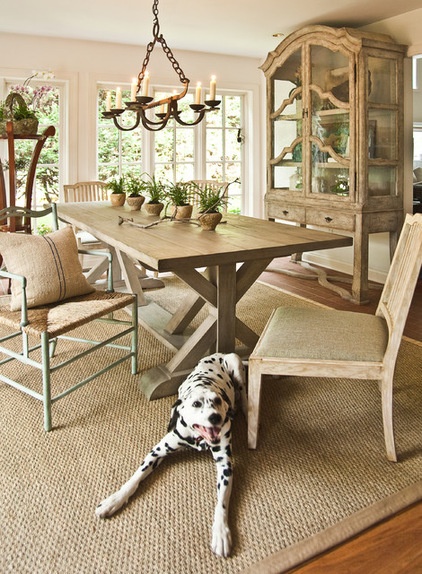
What to Save On
So where does that leave you? It might sound like the pros are suggesting you spend money on everything, but there are plenty of areas where you can save. Lighting, wall finishes, rugs and accessories are areas where you can get away with spending less. “You can go with a sea grass rug instead of a wool rug and still have a wonderful room,” Caccoma says.
There’s even some leeway when it comes to that sofa or dining table. While designers advise buying the best you can afford, consumers have access to more furniture options at a range of prices that’s broader than ever before, thanks to the Internet. There used to be little middle ground between low-end furniture and the stuff you see at designer showrooms, Luff says. Now “you can get a tremendous variety of looks for a variety of price points,” she notes.
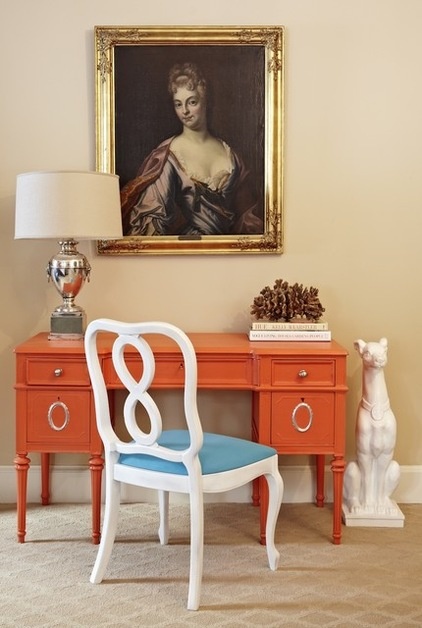
The fabric on that upholstered piece needn’t be fancy. “Don’t pick the most expensive fabric,” Juestal says, “because you can save money by buying fabric that feels good, is reasonable and durable.”
Saving money doesn’t necessarily mean sacrificing quality, either. Instead of settling for a particleboard desk or cabinet, consider looking for a used wood one at a thrift store, antiques shop or flea market. “You can always get more in vintage,” Juestal says. The quality will be better, and you can paint it or refinish it, or send it out for restoration. And when you no longer want it, you can resell it — something you probably can’t do with that chipboard version.
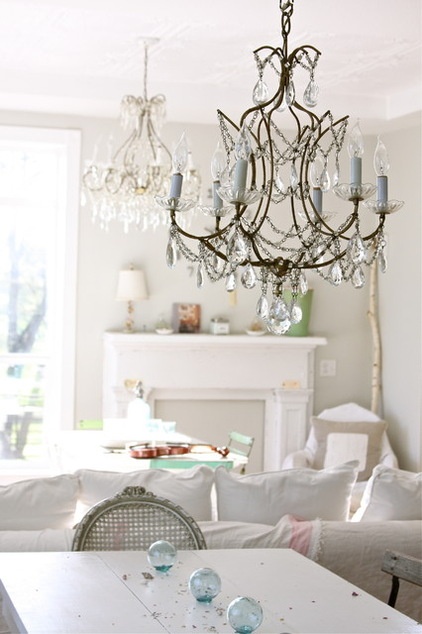
Juestal recommends the same approach to lighting. “A cheap light fixture will always look cheap,” she says. If you can’t afford to buy the quality piece you have your heart set on, check the Internet for a good facsimile. Or buy a vintage fixture and have it rewired. “You can get a lot more for your money,” says the designer, noting that you could easily pay $2,000 or $3,000 for a new chandelier, but a tenth of that for a vintage one.
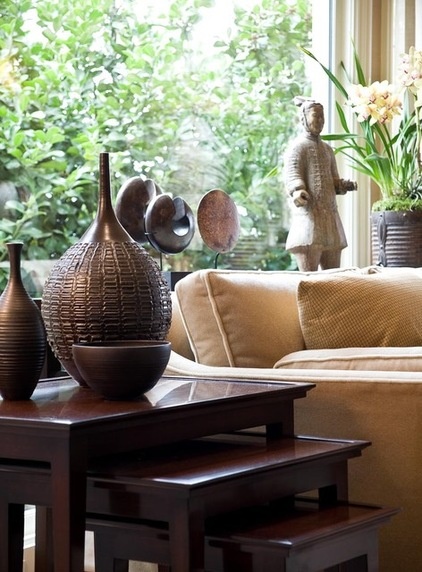
Accessories usually come dead last in people’s budgets. That’s OK, designers say, but don’t wait until the end of the decorating process to start accumulating any you might want or need to round out a room. Keep your eyes open from the start, so you have time to attend flea markets and estate sales, and can seek out items that are unusual or have special meaning to you. (Taking your time also increases the chance that you might score a deal.) Incorporate your own treasures and collections, if you have any, and include antiques, even if you live in a contemporary space.
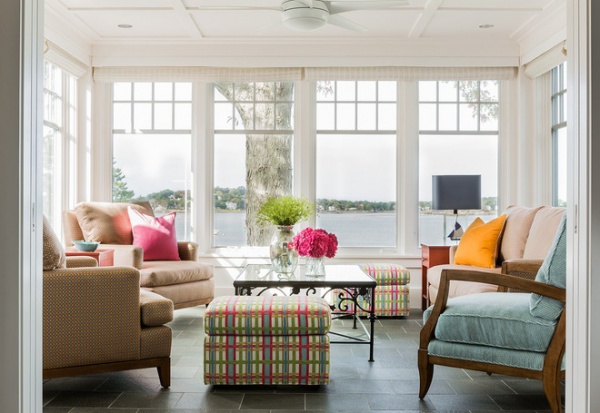
What Rooms to Spend On
Some designers recommend investing in the spaces that are most public — your living room and dining room, for example — and scrimping in places like bedrooms and the family room. “You can always save at the back of the house and splurge in the front of the house,” Luff suggests.
Other experts say you should spend the most money where you spend the most time. In other words, if you live in your family room and rarely use your living room, invest in the comfort and durability of your family room furnishings first.

How Long Will You Be Staying?
If you don’t plan to remain in the home for long, don’t invest a lot of money in things like window coverings, custom rugs, wallpaper or other items that might not go with you when you move. Choose normal-size furnishings that can work in a variety of settings — not items scaled to that particular home. Avoid buying oversize sectionals, corner cabinets or towering armoires, as they might not fit in your next home — or even make it through the doorway or elevator.
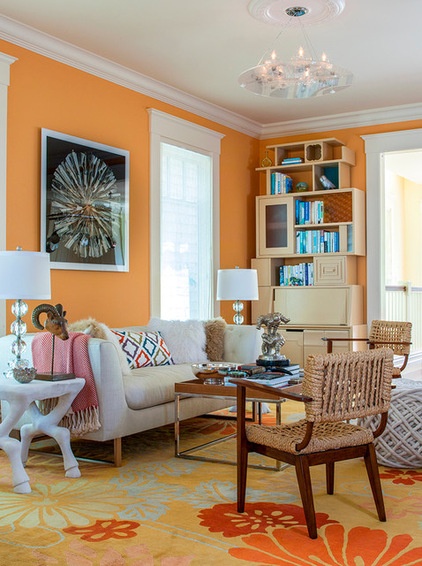
Plan to Go Over Budget
Even the best plans can go awry. “I’ve never run into a project where you don’t have surprises,” says Luff. Be prepared and include a little cushion in your budget.
More Decorating 101: How to Start a Decorating Project | Do It Yourself or Hire a Pro?
Coming next: Choosing a color palette
Related Articles Recommended












